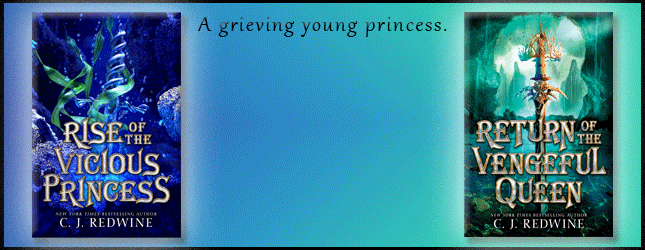Sun-hee and her older brother, Tae-yul, live in Korea with their parents. Because Korea is under Japanese occupation, the children study Japanese and speak it at school. Their own language, their flag, the folktales Uncle tells them — even their names — are all part of the Korean culture that is now forbidden. When World War II comes to Korea, Sun-hee is surprised that the Japanese expect their Korean subjects to fight on their side. But the greatest shock of all comes when Tae-yul enlists in the Japanese army in an attempt to protect Uncle, who is suspected of aiding the Korean resistance. Sun-hee stays behind, entrusted with the life-and-death secrets of a family at war.
- Books
- Middle Grade Fiction & Indies
- Middle Grade Fiction
- When My Name was Keoko
When My Name was Keoko
Author(s)
Publisher
Age Range
10+
Release Date
April 17, 2012
ISBN
978-0547722399
User reviews
1 review
Overall rating
4.0
Plot
4.0(1)
Characters
N/A(0)
Writing Style
N/A(0)
Illustrations/Photos (if applicable)
N/A(0)
Already have an account? Log in now or Create an account
Altering History
(Updated: January 02, 2013)
Overall rating
4.0
Plot
N/A
Characters
N/A
Writing Style
N/A
Illustrations/Photos (if applicable)
N/A
For those of us who drug our feet during history class, read Linda Sue Park’s When My Name Was Keoko. Her tale of Japanese invasion in Korea during the Second World War really explains the importance of history.
Keoko tells a story of Korean history that I don’t think is often told. This of course comes with the caveat that I am no history expert, but I can’t recall ever hearing of this important bit of history. Park depicts a decade during World War II in which Japan occupied Korea and sought to decimate Korean culture. The Korean language could not be spoken, Korean could not be written, and anything to do with Korean culture was strictly forbidden.
The Japanese went so far as to make all Koreans change their names to a Japanese name, leading to the title of Park’s work. Sun-hee, Park’s Korean main character, changes her name to Keoko, and along with her brother Tae-yul tells the tale of the decade-long struggle to keep whatever bits of Korean heritage alive that they could. This is a very moving book, but what affected me the most was Park’s depiction of how this occupation forever altered the presentation of Korean history. So much of the Korean culture was destroyed and so many of the artifacts that represented it were wiped out, leading to a huge gap for many Korean families in mapping out their heritage. Furthermore, many of the Japanese abuses against Koreans went undocumented, giving a sense of falsity to this troublesome time that Koreans truthfully lived. It just goes to show how important history truly is, and how easily manipulated it can become.
Keoko tells a story of Korean history that I don’t think is often told. This of course comes with the caveat that I am no history expert, but I can’t recall ever hearing of this important bit of history. Park depicts a decade during World War II in which Japan occupied Korea and sought to decimate Korean culture. The Korean language could not be spoken, Korean could not be written, and anything to do with Korean culture was strictly forbidden.
The Japanese went so far as to make all Koreans change their names to a Japanese name, leading to the title of Park’s work. Sun-hee, Park’s Korean main character, changes her name to Keoko, and along with her brother Tae-yul tells the tale of the decade-long struggle to keep whatever bits of Korean heritage alive that they could. This is a very moving book, but what affected me the most was Park’s depiction of how this occupation forever altered the presentation of Korean history. So much of the Korean culture was destroyed and so many of the artifacts that represented it were wiped out, leading to a huge gap for many Korean families in mapping out their heritage. Furthermore, many of the Japanese abuses against Koreans went undocumented, giving a sense of falsity to this troublesome time that Koreans truthfully lived. It just goes to show how important history truly is, and how easily manipulated it can become.
Good Points
Sheds light on a historical moment not often discussed in schools.







































